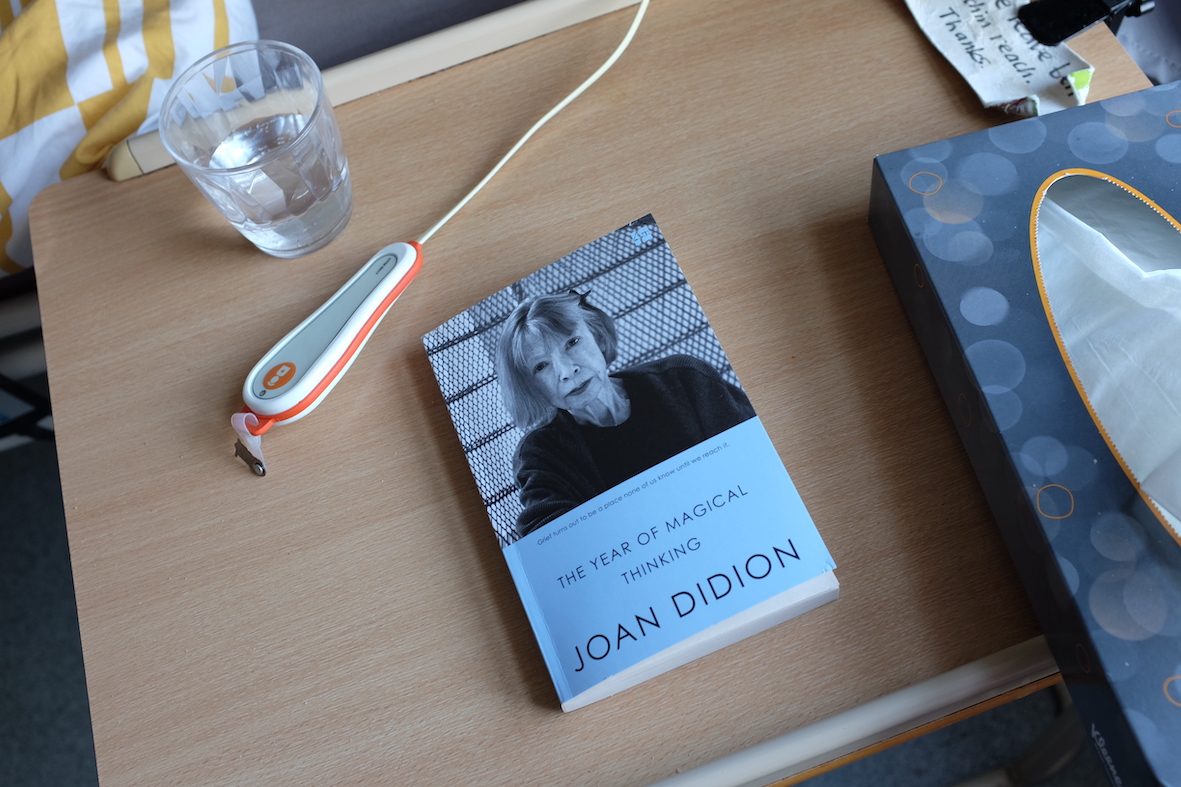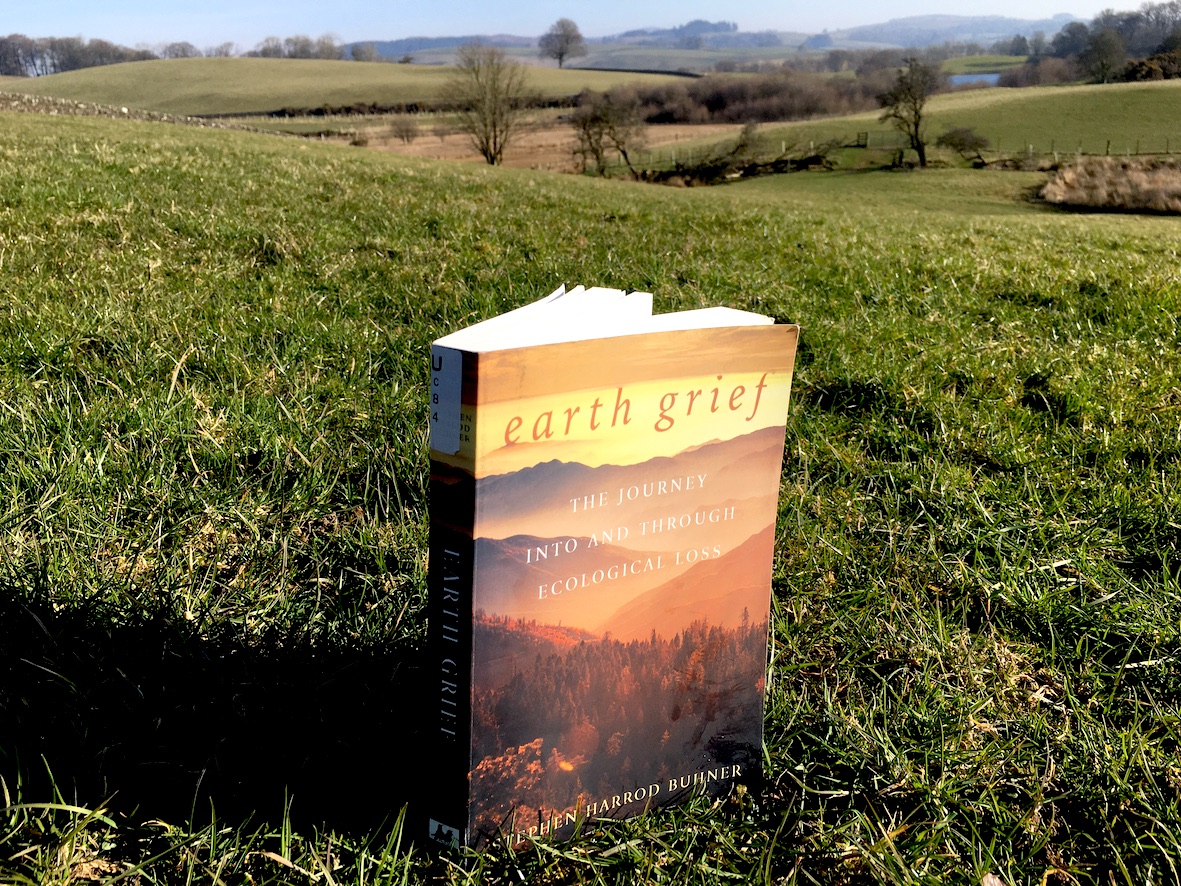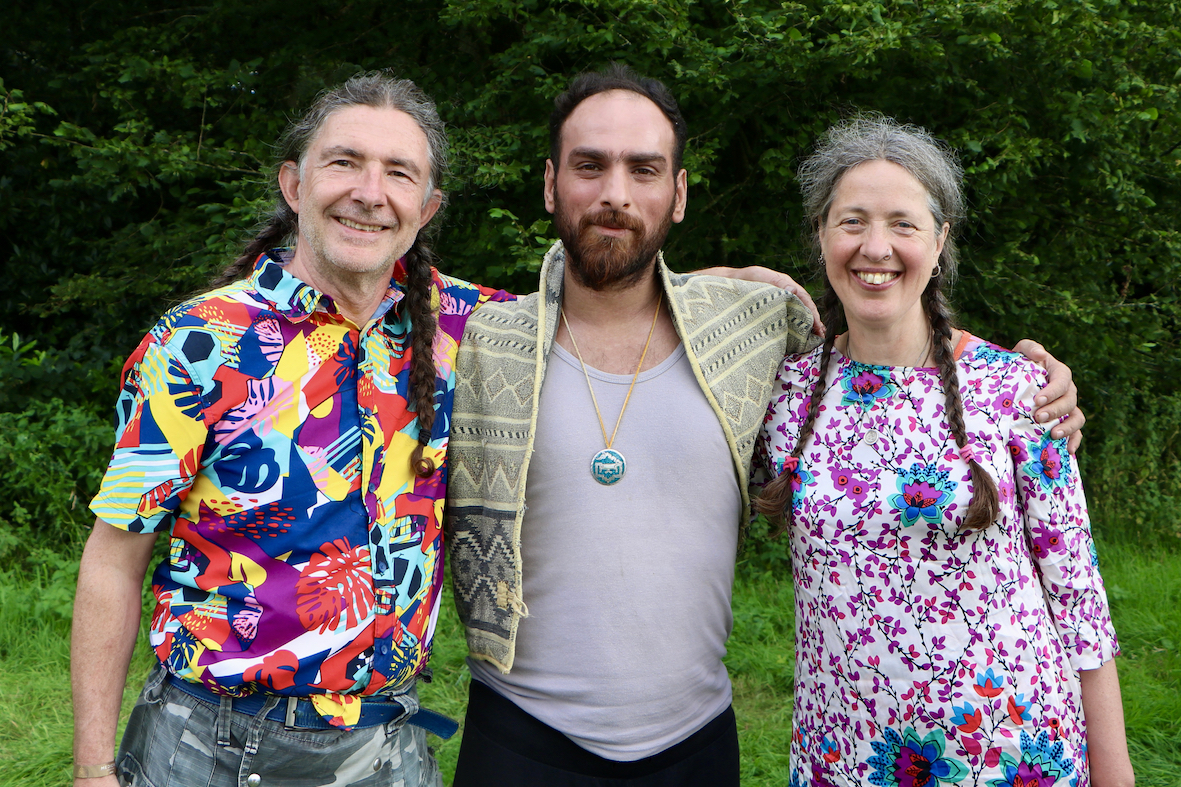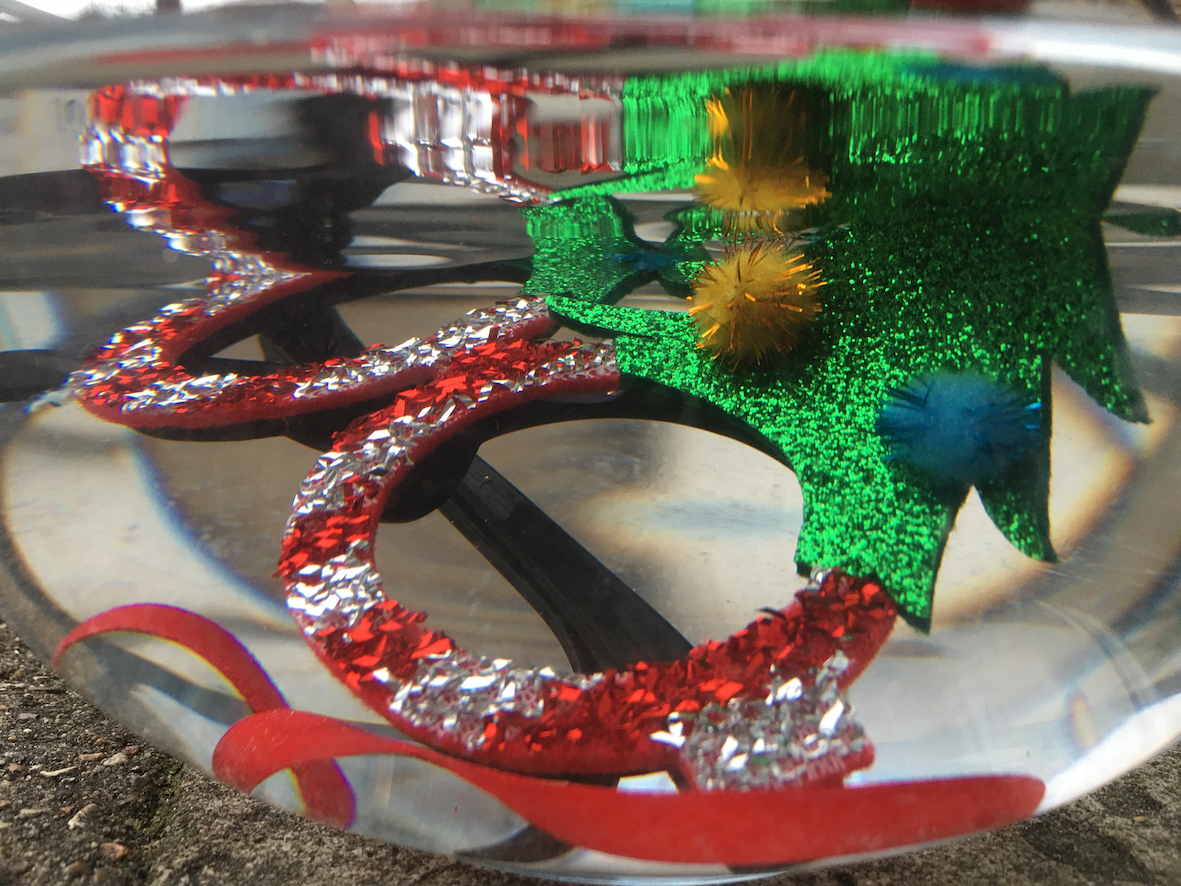Posted at 20:21h
in
Articles
by admin

The Origins of the 5 Stages of Grief
Elizabeth Kübler-Ross originally defined ‘The 5 Stages of Grief’ in 1969, when she was working with the dying. These stages were never intended as a route map for grieving. Kübler-Ross was a pioneer whose work with the dying brought many valuable insights into end of life care. Her book ‘On Death and Dying’ is a classic text in care for the dying. She later revised her thinking and described overlapping and incomplete stages, the 5 Stages intended only as a loose framework, and re-defined as the ‘Kübler-Ross Change Curve.’
The Stages of Grief Model May be Unhelpful
Kübler-Ross’s 5 Stages – Denial, Anger, Bargaining, Depression, Acceptance have been absorbed into popular culture and spread widely. They sometimes include additional or varying stages – shock at the beginning and meaning at the end to comprise 7 Stages of Grief. If you were to ask most people what they know about grief, “the five stages of grief” will be a common answer. What isn’t so widely known is that our understanding of grief stages have been updated both by Kübler-Ross and subsequent bereavement researchers. There are now more theories about grief and loss.
Each Grief Journey is Unique
The problem with reducing the messy, unpredictable landscape of grieving into a series of neat stages is that it offers an image of grieving that doesn’t match people’s experience, and may make them feel that they are doing grief wrong. Each grief journey is unique, and has its own trajectory and pace. Francis Weller’s description gives a much clearer picture of the raw, intense, and wild storms that grief often brings:
“Grief is subversive, undermining the quiet agreement to behave and be in control of our emotions. It is an act of protest that declares our refusal to live numb and small. There is something feral about grief, something essentially outside the ordained and sanctioned behaviors of our culture. Because of that, grief is necessary to the vitality of the soul. Contrary to our fears, grief is suffused with life-force…. It is not a state of deadness or emotional flatness. Grief is alive, wild, untamed and cannot be domesticated. It resists the demands to remain passive and still. We move in jangled, unsettled, and riotous ways when grief takes hold of us. It is truly an emotion that rises from the soul.”
Grief is Messy
While some of the feelings described in the 7 stages of grief may be in the mix, the whole territory is vast. Sorrow comes in all shades from sobbing to quiet despair. Grief may include fear – everything from anxiety to terror. It may include anger – from frustration to rage. Overwhelm may manifest as disconnection. Feeling numb may manifest as busyness, and yes, not feeling is an expression of feeling. There may be the bitter sweetness of love and gratitude.
Our relationship with who or what has been lost may be complicated. Guilt, shame, envy, remorse or relief may be present too. There are many emotions and ways to feel and a variety of ways to express grief too.
Symptoms of Grief
The experience of grief may include some or all of the well-known grief stages as well as a range of other emotions. It may also include a whole range of physical symptoms. Disruption to sleep patterns and changes in appetite are extremely common. Disturbances in thought patterns may include repetitive thoughts, flash-backs, brain fog and a chronic inability to concentrate. Memory might not be functioning well as we try to make sense of what happened. Physical aches and pains may appear to have a symbolic component; a broken heart that literally aches, an unsupported sore back, or unfamiliar tension that manifests as a pain in the neck. There may be all kinds of gut responses as well as swallowing down what we feel with food.
What Should Grief Look Like?
Grief is a wide range of natural responses to loss, absence, suffering, or change. Instead of a fixed set of grief stages, the experience is often more chaotic. Emotions, moods and symptoms may all come and go, or persist over time. The nature of what has caused the situation will also be part of the picture. Has the impact, injury or situation happened suddenly? Does it have a traumatic element? Is the experience complicated by a complex set of circumstances or a difficult relationship? Is what has happened perceived as unusual in some way? Are there other secondary losses or changes as a consequence of the first?
How Long Does Grief Last?
I often hear people measure themselves against a perceived state of acceptance (Kübler-Ross’s 5th stage of grief). Bereavement or loss changes us. It doesn’t just come to visit and then leave when we reach a certain stage. When we lose something significant in our lives, we change to adapt to the new shape of our circumstances. Our ability to grieve well can affect how we handle bereavements or losses, and make a real difference to our mental health. Rather than a path from stage 1 to 7, I prefer the metaphor of an ocean. As grief comes in, waves crash over us, often one after another. We may be submerged by big waves and knocked off our feet. At some point, the tide turns. Waves will still crash against us, but may be less frequent, and less ferocious.
Why is Grief Hitting Me Hard?
As well as the ‘what happened’, to cause my grief, the context of it – the surroundings that it happened in – will also affect how it is experienced. A significant loss may come into a situation where mental or physical health is already poor. Other losses may have been piling up. There may be a history or trauma, violence or oppression that this particular grief appears in the midst of. If we are from a marginalised community, we are also statistically likely to experience more losses. Something may happen in an environment where there is not enough support to hold us. Our surrounding community (or lack of it), our resilience, our resources, will all play a part in how each impact of grief lands into our lives. Do we face layers of challenges, mor do we have enough support to lean into in order to turn towards what ails us?
Understanding Grief
Grief can be scary. A little psycho-education goes a long way. People are hoping for a map – like the stages of grief – to help them navigate the unknown. There are some great models that can help us understand the journey through grief.
Lois Tonkin’s ‘Growing Around Grief‘ model – showing jars of increasing size, brilliantly describes how we grow and develop, to accommodate loss, becoming greater in capacity ourselves rather than shrinking grief over time.
The ‘Dual Process Model‘ (Stroebe and Schut) is another practical way to understand grieving. Rather than describing stages of grief, this model describes co-exisitng processes. Being loss-oriented sits alongside being restoration oriented. Part of us is preoccupied with our emotional experience, while at the same time life continues, which may include practicalities, responsibilities, resourcing, and encourages us to recognise times when we have permission to focus on other things if we are able. The focus between grief and life changes over time.
How Do I Learn to Grieve?
Learning to mourn is a skill. There are tools that can help us. It can be really helpful if we understand more about this natural process. Unfortunately, many people avoid the subject. The bereaved may feel contagious, as though grief is catching. Those around them often fail to know how to be with them or what to say.
I wish ‘how to be with grief’ was taught in schools. How comfortable we are with our own history of loss will communicate without words. To support others, it helps that we have attended to our own grieving. When we avoid the small things that trouble us, they build up. Emotional laundry is as important as washing our clothes.
Allowing time and space to slow down and feel is a key to tending our grief. There are many simple practices to be with grief and release – through breathing, noticing sensations, movement, singing, being in nature, creative exercises and using ritual and ceremony. Reading poetry, listening to music or watching films on the theme may also touch us and allow us to connect with feelings. Sharing with others is a great practice to discover the connection that builds through expressing vulnerability.
Is My Grief Stuck?
There are different ways grief can feel ‘stuck’. We may feel too disconnected to feel anything. We may have needed to bury our emotions because it wasn’t safe enough, or we didn’t have enough support to grieve in the past. The job of grieving may sometimes wait until our conditions are more spacious and supportive. This can lead to months or years before we have capacity to process something. Things may surface later in life. In the present, unexpected feelings may be activated. Sometimes the necessary adaptations from the past no longer serve us, and we choose to explore more deeply, to feel more fully.
The way we were socialised – by gender, or family, or circumstances may also contribute. Many of us have been encouraged not to show emotions, or cry. Sometimes our grief may have left us in a state of freeze. Something shocking or terrifying may have happened. We may not have enough support to have risked thawing. We may feel that our grief is too big to risk feeling. It can feel that if we open up big feelings, we will be submerged and never return.
For whatever reason, there may be a sense of stuckness. It may manifest as physical symptoms or dis-ease. And our grieving style or neurobiology may mean that the way we express grief is less outwardly visible. To open up stuck feelings, it is helpful to have support in place. This may be a mix of people, practises and resources. Grief Tending is one way to encourage the flow of emotions and energy to move through us.
When We are Ready to Tend Grief
Grief Tending is a practice where we learn skills that help us move towards feeling, and also how to return from grief states. In Grief Tending, we recognise all the different ways we may experience and express grief. We acknowledge a broad range of causes of grief as well as the loss of a loved one. We witness people coming together, and risking vulnerability. Some may come with grief that is flowing. For others grief may feel absent, stuck or confusing.
The exercises we offer may allow feelings to shift. We encourage tending to what arises – allowing rather than forcing. Tending to grief is about giving space for what is rather than prescribing or judging how grief should look or feel. We use exercises where we move towards feelings then return to support. Allowing the breath, body and emotions to move is a way to bring flexibility to our inner experience. This may help us to navigate our growth through grief.
Turning to Face Grief
Our bodymind system may desperately want to avoid grief. So often people don’t know how to grieve well. Many have not had wise elders to show them, or practices to learn; or enough emotional holding to dare to go there. When we are ready, and have enough support in place, Grief Tending can be a sensitive and caring way to turn towards grief, to lean into feelings. In a Grief Tending group, we come with the intention of sharing something of our grief together in a group. We will experience both expressing something of our unique experience, and also be a witness, part of the holding of others. This can give a profound insight into our shared humanity, and also how to be with another who is suffering.
Find Grief Tending events online and in London here.
Sarah Pletts is a Grief Tender and Artist who offers workshops in London and online, sharing rituals where grief on all themes is welcome. For more information about Grief Tending see www.griefsupport.org.uk .












